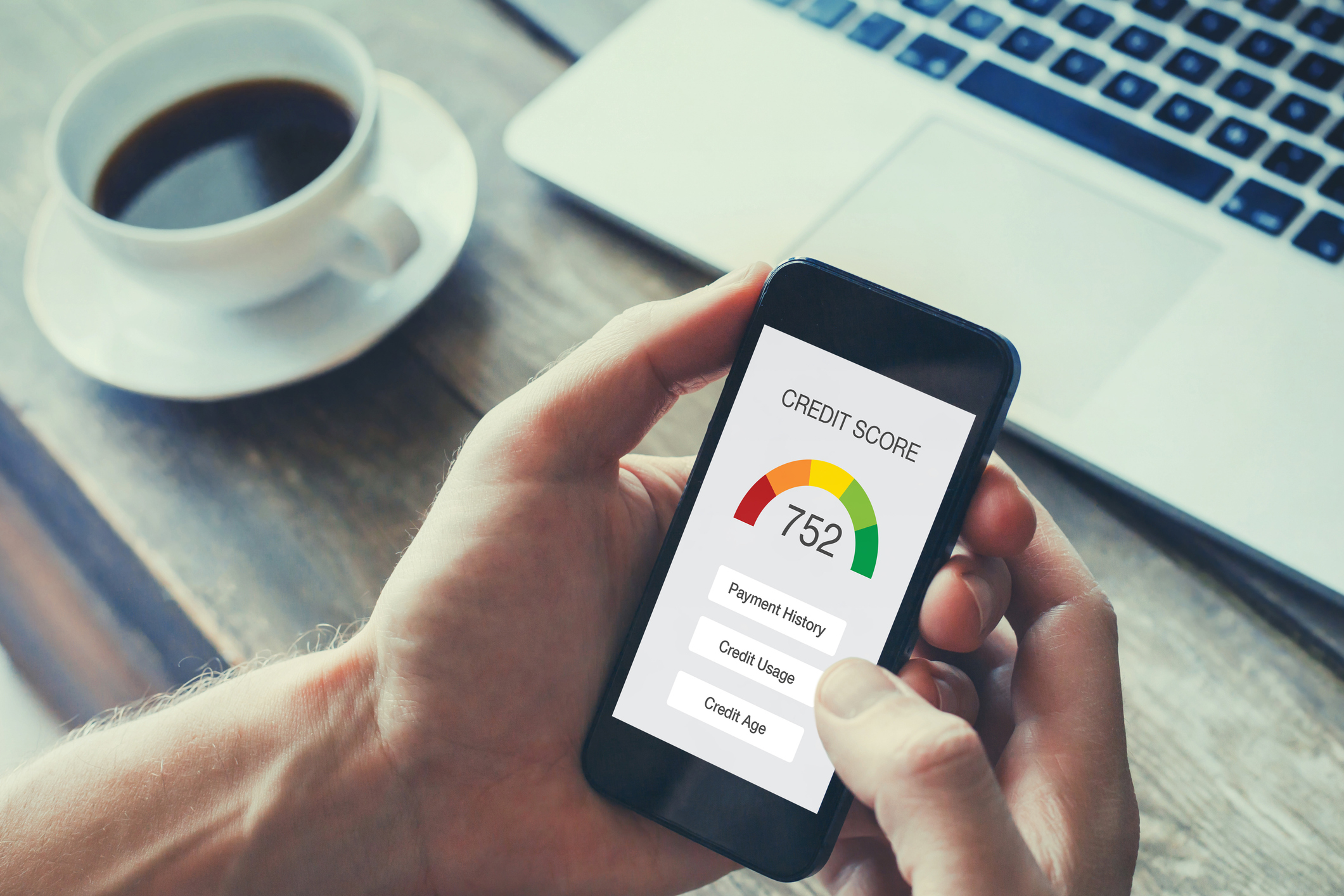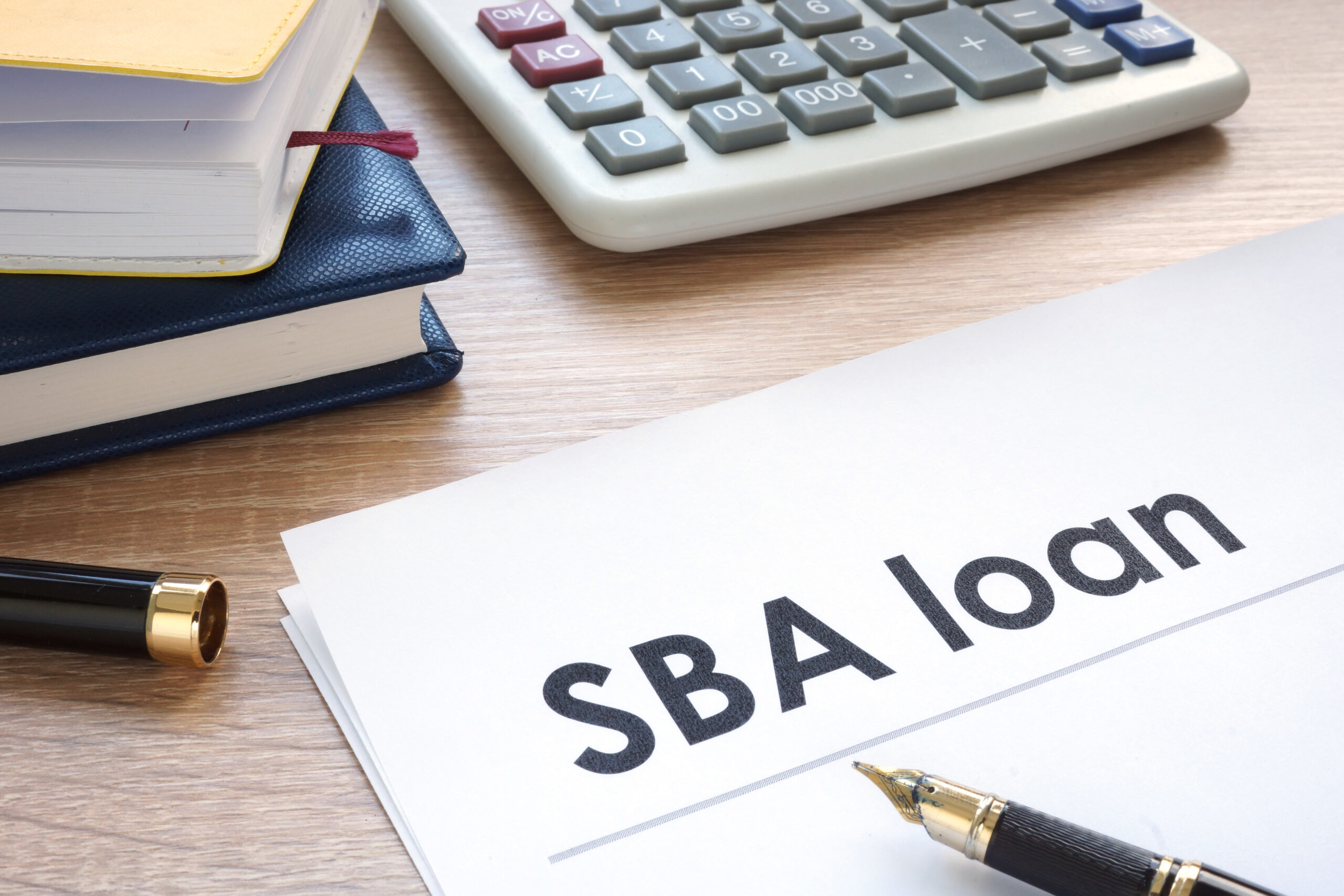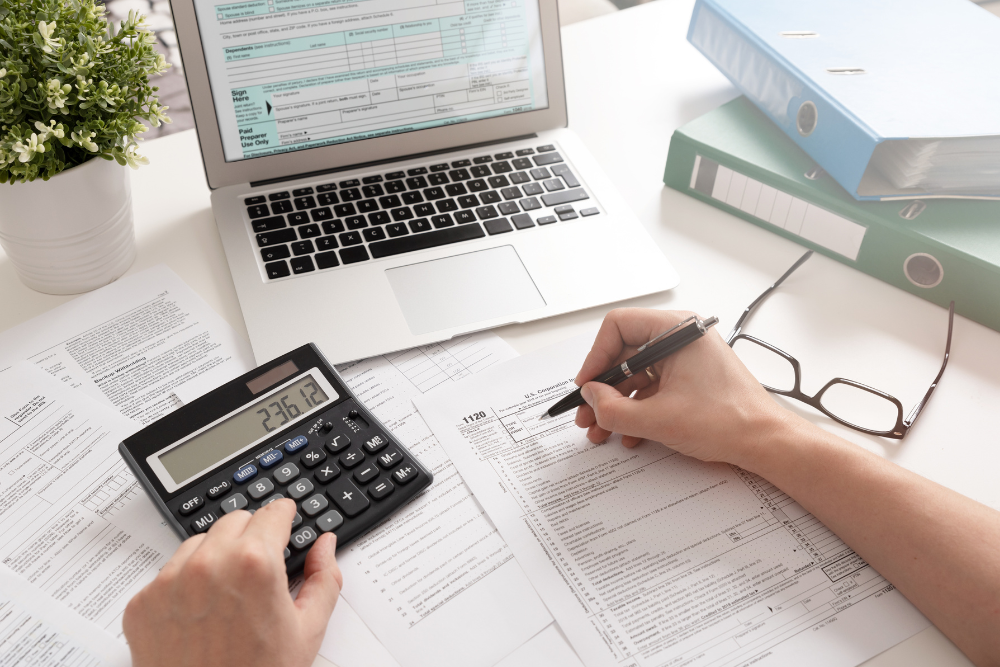Starting this month, many parents in the United States are getting monthly payments as an advance on 50% of the child tax credit for this year. Depending on income, families may be eligible to receive up to $300 per month for each child under 6 and up to $250 per month for each child between 6 and 17. The payments are planned from July to December.
Payments have already started hitting bank accounts and mailboxes. And while it’s tempting to use this money for some impulse buys, there are better ways to use, at least some, of that money.
1. Use Payments for Child Expenses
You’re receiving the tax credit because you have children, so think about using those payments to offset some of your child-related expenses. You can buy diapers or food, put the money toward daycare or private school bills or pay for doctor’s visits. Kids are expensive, and extra cash can help.
2. Invest in a 529 College Savings Plan
Consider starting a 529 college savings plan for your child, or contributing to an existing one. These college savings plans are tax-advantaged investment plans that grow over time and can be used to pay for certain education costs. Eligible expenses include tuition and fees at universities, trade schools and vocational schools. They can also be used to pay for room and board, books, computers and other supplies. They can even be used to pay for primary and secondary education expenses.
3. Pay Down Debt
If you have debts you want to pay off, you can use these payments to speed up the process. You may want to use the snowball method, where you pay off your smallest debts first to score some quick wins, or the debt avalanche method, where you pay off the debts with the highest interest rates first to save money in the long run.
4. Save for Emergencies
Even if you haven’t been financially impacted by the COVID-19 pandemic, it probably made a good case for a strong emergency fund. You can put your child tax credit payments directly in a savings account or a vehicle like a money market fund, which is a pool of lower risk investments that can be accessed quickly, usually without penalty.
No matter where you park your savings fund, you should make sure that it is safe, secure and quickly accessible in the event of an emergency.
5. Save for Retirement
You can easily boost your retirement savings with a few hundred extra dollars a month. Over time, that money has the potential for strong growth through the power of compound interest.
- If you have a 401(k) or another type of retirement plan with your employer, you can adjust your contributions to equal the amount you receive through the child tax credit, and your income will balance out. Don’t forget to dial your contributions back at the end of the year, unless you find you can afford the extra savings without the monthly tax credit payments.
- If you don’t have access to an employer retirement plan or you’re already maxing out your contribution, think about putting the money in a traditional IRA or Roth IRA. The annual contribution limit for IRAs for this year is $6,000.
6. Make a Necessary Purchase
Been waiting to get your car an expensive repair and just hoping it doesn’t break down in the meantime? Need a new dishwasher but haven’t had the cash? Monthly child tax credit payments are the perfect opportunity to buy a household necessity without adding to your debt.













